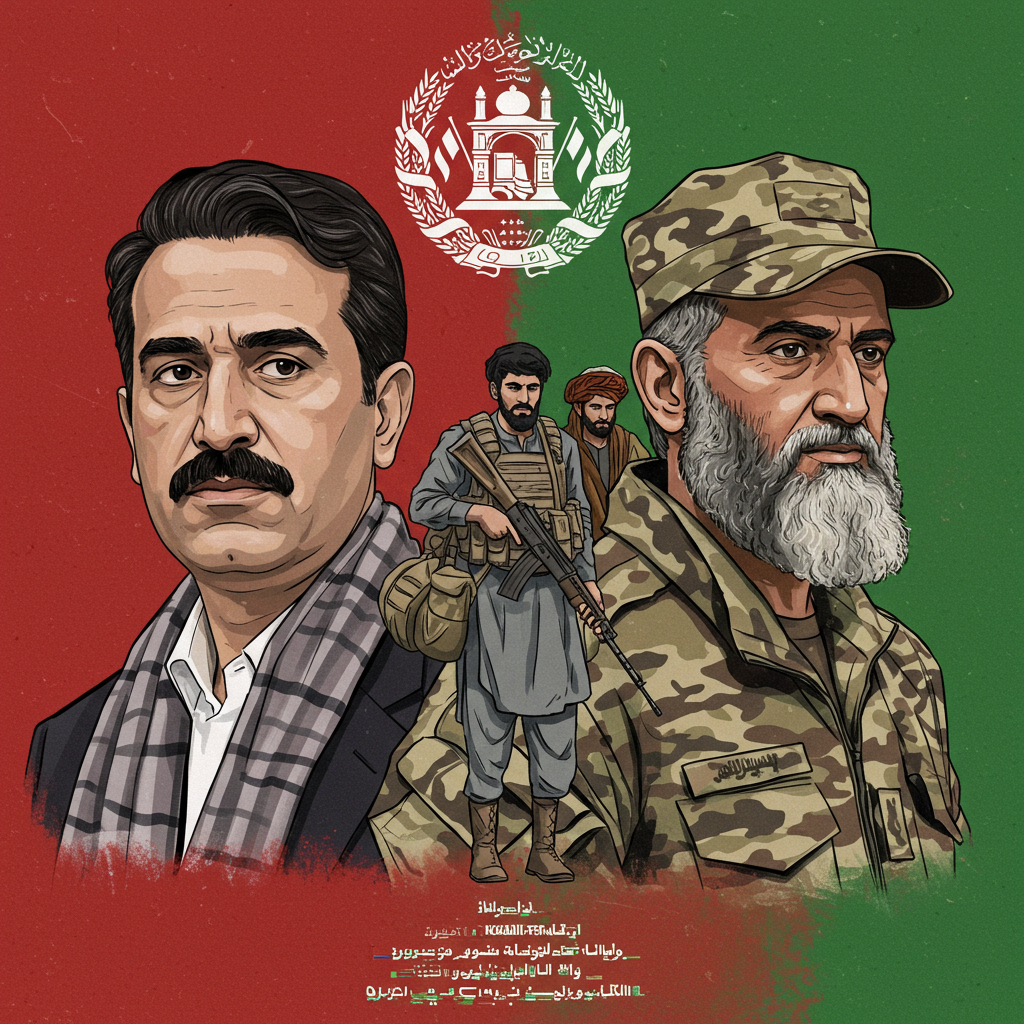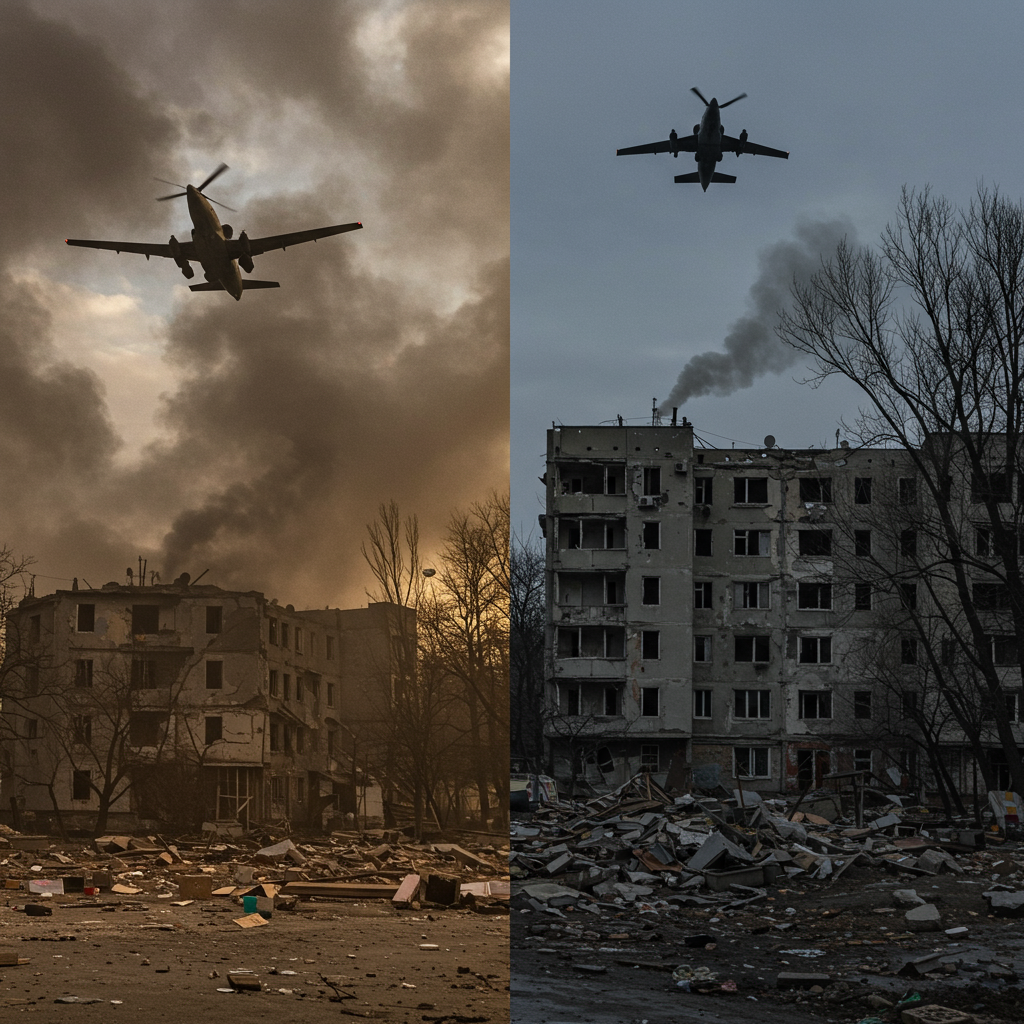Reports emerging on June 21, 2025, indicate that Israel claims to have successfully targeted and killed multiple senior Iranian commanders in a recent strike. Foremost among them is a key figure alleged to have played a pivotal role in overseeing Iran’s strategic relationships and operational links with its network of proxy militias throughout the Middle East.
Senior Iranian Commanders Targeted in Israeli Strike
The Israeli military announced on Saturday, June 21, 2025, that it had assassinated three Iranian commanders. The strike reportedly occurred overnight between Friday and Saturday on an apartment in central Iran.
One of the individuals killed was identified by the Israeli defense ministry as Mohammed Said Izadi. Israel described Izadi as a senior figure within the Quds Force, the elite foreign operations arm of Iran’s powerful Islamic Revolutionary Guards Corps (IRGC). His specific responsibility, according to the military, was leading the Palestinian affairs branch, positioning him as a critical liaison to Iran-backed groups like the Palestinian militant organization Hamas in Gaza.
Another commander Israel said was killed was identified as Behnam Shahriyari. Shahriyari was also described as a Quds Force commander involved in overseeing weapons transfers to Iran-backed paramilitary forces operating regionally. The U.S. government had previously sanctioned Shahriyari in 2011 over allegations of transferring weapons on behalf of the Revolutionary Guards to Hezbollah, the influential Lebanese militant group.
The Significance of the Quds Force Liaison
Mohammed Said Izadi was reportedly a long-standing target for Israeli intelligence. His alleged role overseeing Iran’s ties to groups like Hamas was particularly significant given the context of the ongoing conflict ignited by Hamas’s surprise attack on Israel on October 7, 2023. The New York Times had previously reported that Izadi was among the limited number of individuals with advance knowledge of the details of the October 7 assault.
His position placed him at the core of the network connecting Iran to these militant groups, which are central components of what is often referred to as the “Axis of Resistance”. This network, heavily supported by Iran through the Quds Force, includes factions like Hamas, Hezbollah, and various groups in Iraq and Yemen.
Context: Israel’s Campaign Against Proxy Leaders
The alleged killing of Izadi and other commanders occurs during a period marked by direct military exchanges between Israel and Iran, reflecting a significant escalation in their long-simmering shadow war. Reports from June 21, 2025, indicate that this specific strike took place amidst active confrontations, described by some sources as the ninth day of a phase involving direct strikes and counter-strikes from both nations.
Furthermore, this event follows other high-profile Israeli actions targeting key leaders within Iran’s regional proxy network. Notably, in late September 2024, Israel killed Hassan Nasrallah, the long-time leader of Hezbollah. Nasrallah, who led the group for 32 years, was killed in an Israeli airstrike on Hezbollah’s central headquarters in Beirut.
Nasrallah’s tenure saw him transform Hezbollah, with crucial Iranian backing, into a formidable regional military and political force. His leadership was marked by significant conflicts with Israel, including leading guerrillas to drive Israeli forces out of southern Lebanon in 2000 and the 34-day war in 2006, which he famously declared a “divine victory.” While celebrated by supporters for standing up to Israel, his increasing involvement in regional conflicts, particularly the Syrian civil war in support of President Bashar al-Assad, made him a more divisive figure.
Hezbollah’s operations under Nasrallah were deeply intertwined with Iran, positioning the group as a central proxy in Iran’s strategy for regional influence, particularly as part of the “Axis of Resistance” alongside groups like Hamas. The escalation preceding Nasrallah’s death, including suspected Israeli attacks on communication devices and subsequent massive bombardments, underscored the intense nature of the conflict Israel is waging against these Iran-linked entities.
The targeting of figures like Mohammed Said Izadi and Hassan Nasrallah highlights Israel’s apparent strategy of decapitating key leadership nodes responsible for the operational effectiveness and coordination of Iran’s proxy network, which is deeply involved in conflicts across the region, including the current hostilities stemming from the October 7 attacks.
As of the time of this report on Saturday, June 21, 2025, there has been no immediate official comment from Iran regarding Israel’s claims of killing the commanders. The situation remains fluid amidst the ongoing direct and proxy conflicts between the two regional adversaries.



